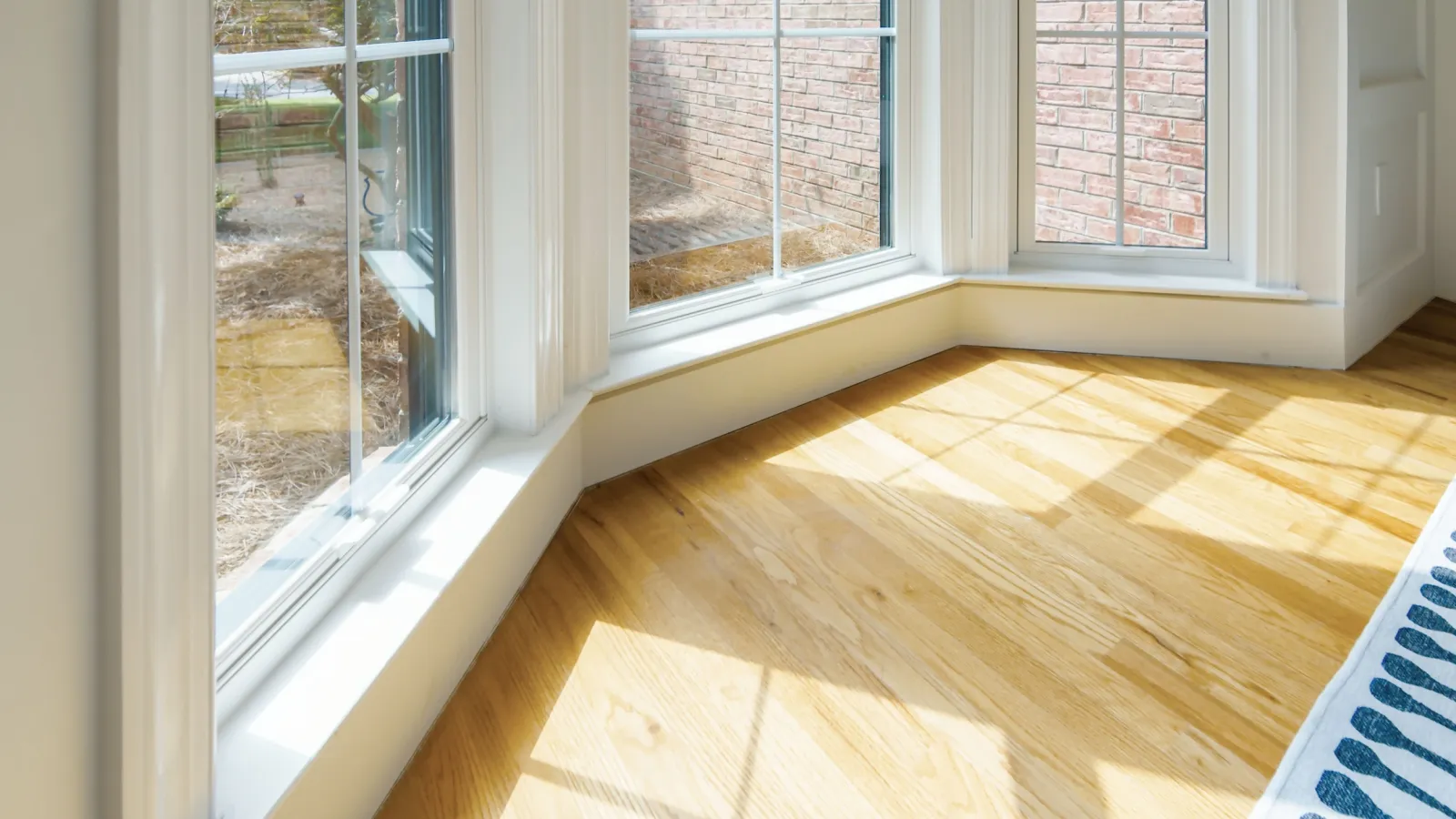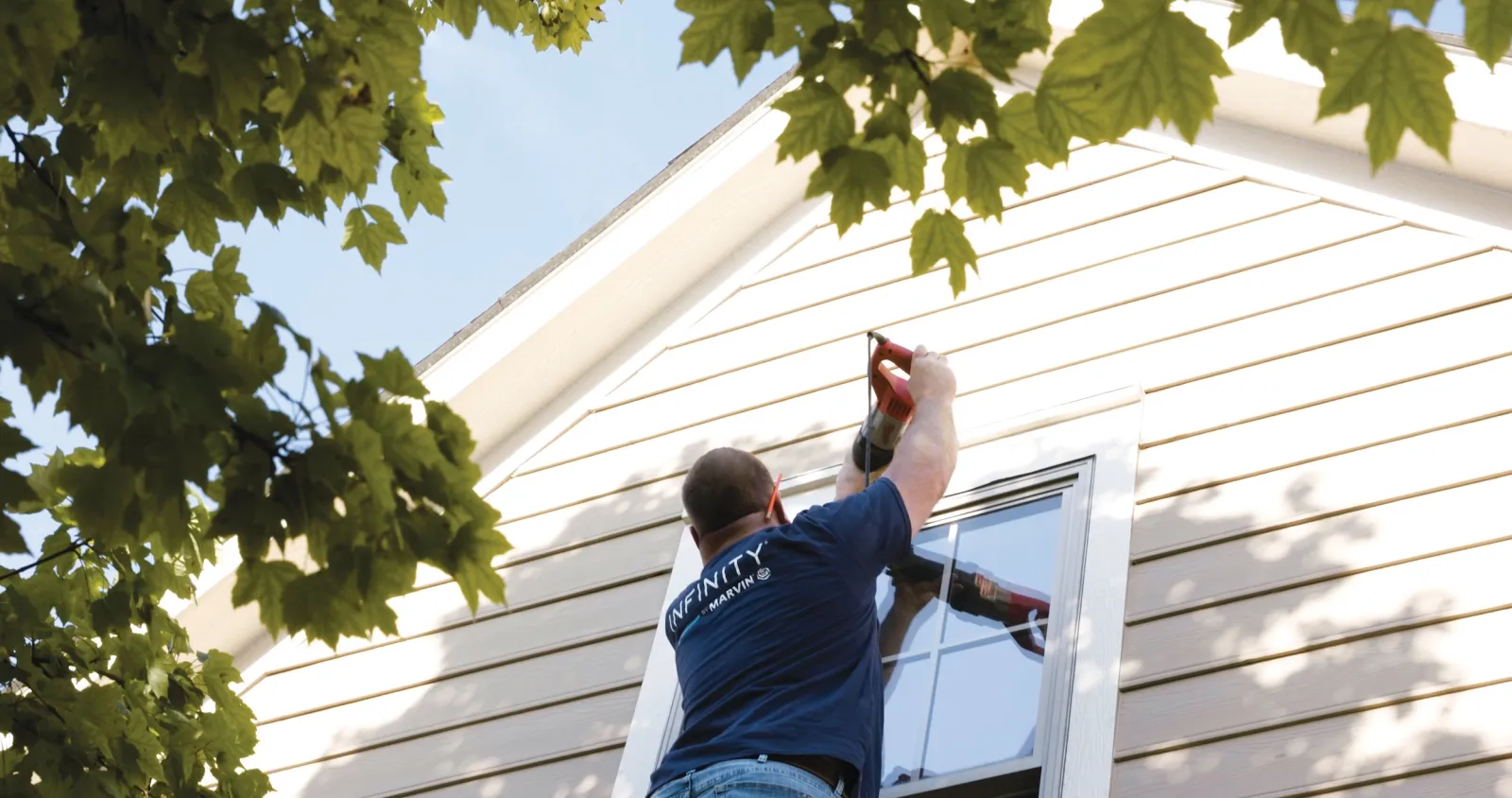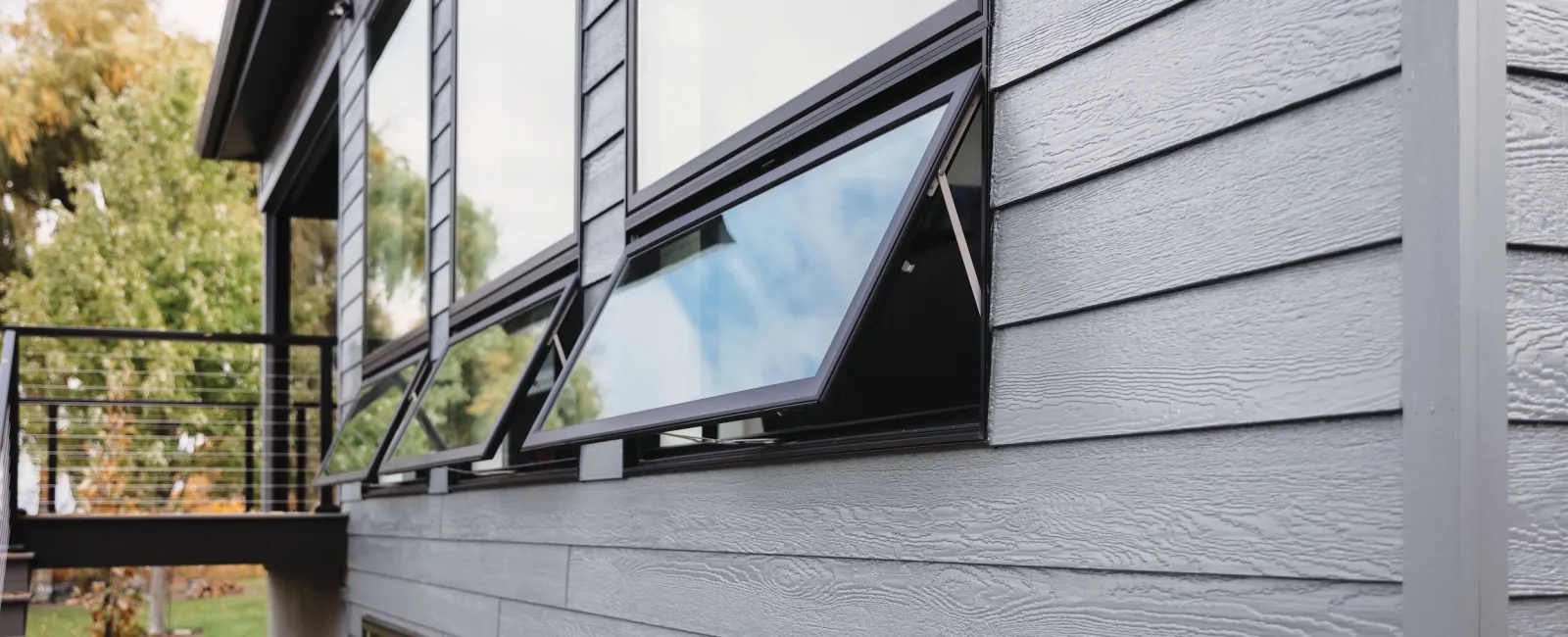Dead insects on window sills can be a problem homeowners face across North Georgia — and the culprit can be bigger and grosser than flies: the infamous Florida palmetto bug. These large roaches thrive during Georgia's hot, humid summers and can make their way into homes from Atlanta to Chattanooga, even despite a homeowner's best efforts. That's why NG Windows has put together practical tips to help homeowners protect their homes, improve comfort, and enjoy windows that stand up to Georgia's climate year after year.
What is the Florida palmetto bug?
The palmetto bug is … yes, unfortunately, despite some locals believing otherwise … one of several types of cockroaches. There are several specific species referred to as the "palmetto bug," "waterbug," or "Croton bug." One type is the Florida woods cockroach, or Eurycotis floridana. Another species commonly referred to as a "palmetto bug" is the American cockroach, or Periplaneta americana. They tend to be large, winged and prefer moist areas. The "smoky brown cockroach," or Periplaneta fuliginosa, is also sometimes referred to as a "palmetto bug." Florida is also home to the oriental cockroach and the German cockroach.
All three of these types of bugs, but mostly the smokey brown cockroach, love to hang out in northern Georgia and Atlanta. One journalist jokingly called the Atlanta region "Smoky Brown Cockroach Valhalla," since so many of them find the nice interiors of Atlanta homes to be their own private haven.
How do waterbugs get into the house?
Palmetto bugs (often called waterbugs) typically enter homes through small gaps and openings, not by chewing through solid materials. Common entry points include cracks in foundations, gaps around plumbing penetrations, floor drains, and worn caulking or seals around windows and doors. Once inside, they tend to hide in dark, damp areas like baseboards, cabinets, or wall voids. They're drawn primarily to warmth and moisture, which is why Georgia's hot, humid summers make this such a common issue.

How can your window frame material affect bugs entering your home?
While the bugs enter through gaps in caulking or seals, the window frame material plays an important role in how long those seals last. In Georgia climates with frequent heat and humidity swings, some window materials expand and contract more than others. That repeated movement can cause caulking and weatherstripping to loosen or pull away over time, creating small openings insects can use to get inside.
This is where Ultrex® fiberglass makes a difference. Ultrex expands and contracts at nearly the same rate as the glass, which helps the window frame remain more stable through temperature changes. Because the frame moves less, there's less stress placed on seals and caulking, helping them stay intact longer. The result is a tighter seal around the window that helps block moisture, air, and pests while also improving overall comfort and durability.
What should a homeowner do about palmetto bugs in Georgia?
Besides the use of pesticides, here's how to get rid of palmetto bugs in the house:
1. Get a dehumidifier. Waterbugs are on the hunt for warm, moist air. Dehumidifying and making sure your home is as dry as possible is one way to make your home unwelcome.
2. Fix plumbing issues. Get rid of drips and leaks quickly.
3. Don't leave dirty dishes in the sink. This warm, sticky and wet atmosphere is fun for these bugs.
4. Keep piles of leaves away from your home. Moist and sheltered areas like piles of mulch, rocks and leaves are great spots for a happy palmetto bug. Rake leaves away from your house and dispose of them.
5. Make sure there are screens on your windows and doors. Many species of palmetto bug are attracted to the light, so don't leave your doors and windows open without screens at night.
6. Don't leave standing water outside. This is bad for many types of pests.
7. Toss out cardboard. Those old Amazon boxes are delicious cockroach food. Dispose of piles of cardboard or old recycling far away from your house.
8. Keep your food in glass, plastic or steel storage containers with tight lids. The palmetto bug might not necessarily want to eat your food, but it wants that cardboard. And it also may end up in your food!
9. Try to keep your house very clean. Remove your trash often, for instance.
10. Seal up your windows and doors. Caulk, repair, seal or even consider replacing windows and doors with poor seams, as the tiny holes are wide-open doors for these types of bugs.
If there are dead palmetto bugs along a home's windows, is it a problem?
This may simply be the seam where your exterminator has sprayed pesticides, but if these bugs are managing to get inside, you may want to make sure your window is properly sealed.
Infinity by Marvin replacement windows create a very tight seal, are easy to clean and are one really good strategy for keeping out these pesky pests.
To some extent, having waterbugs in a house in Georgia is to be expected every once in a while, especially after heavy rains.

Upgrade your windows for lasting pest protection.
DIY sealing might seem like a quick fix, but it can leave gaps that still let pests in. For a more permanent, longer-lasting solution, consider upgrading to Infinity by Marvin Ultrex® fiberglass windows and doors. Ultrex fiberglass is extremely stable, expanding and contracting at nearly the same rate as the glass, which helps the frames stay true and the seals tight year after year. This stability reduces gaps that bugs can exploit while also resisting moisture, warping, and temperature changes common in Georgia. Choosing quality materials helps keep your home secure and pest-free.
Key benefits of Ultrex fiberglass windows for pest prevention and home protection:
- Tight, long lasting seals: Frames stay stable in Georgia's heat and humidity, helping prevent gaps where pests can enter.
- Moisture-resistant materials: Ultrex fiberglass resists swelling and warping, keeping windows airtight even during heavy rain or high humidity.
- Durable design for comfort and protection: Strong, weather-resistant frames help block bugs, moisture, and drafts while improving overall home comfort.
In addition to keeping pests out, Infinity by Marvin Ultrex fiberglass windows help make your home more comfortable and energy efficient. Their stable, moisture-resistant design keeps air sealed in, reducing drafts and easing the workload on your heating and cooling systems — which can save money on utility bills year-round.
Local expertise you can trust.
If pests like palmetto bugs keep coming back in your home, now is a great time to take action. NG Windows serves homeowners across Marietta, Alpharetta, Roswell, and other parts of North Georgia, offering solutions built for the local climate. Upgrading to new Ultrex fiberglass windows and doors provides strong, long-lasting seals that help keep your home comfortable, energy-efficient, and free from unwanted pests year-round.
Our team handles every step of the process — from consultation and measuring to installation, cleanup, and ongoing support — and we offer flexible financing and free consultations to make upgrades easier for homeowners. Schedule a free inspection today to learn how modern window and door replacement can protect your home from recurring pest problems.









